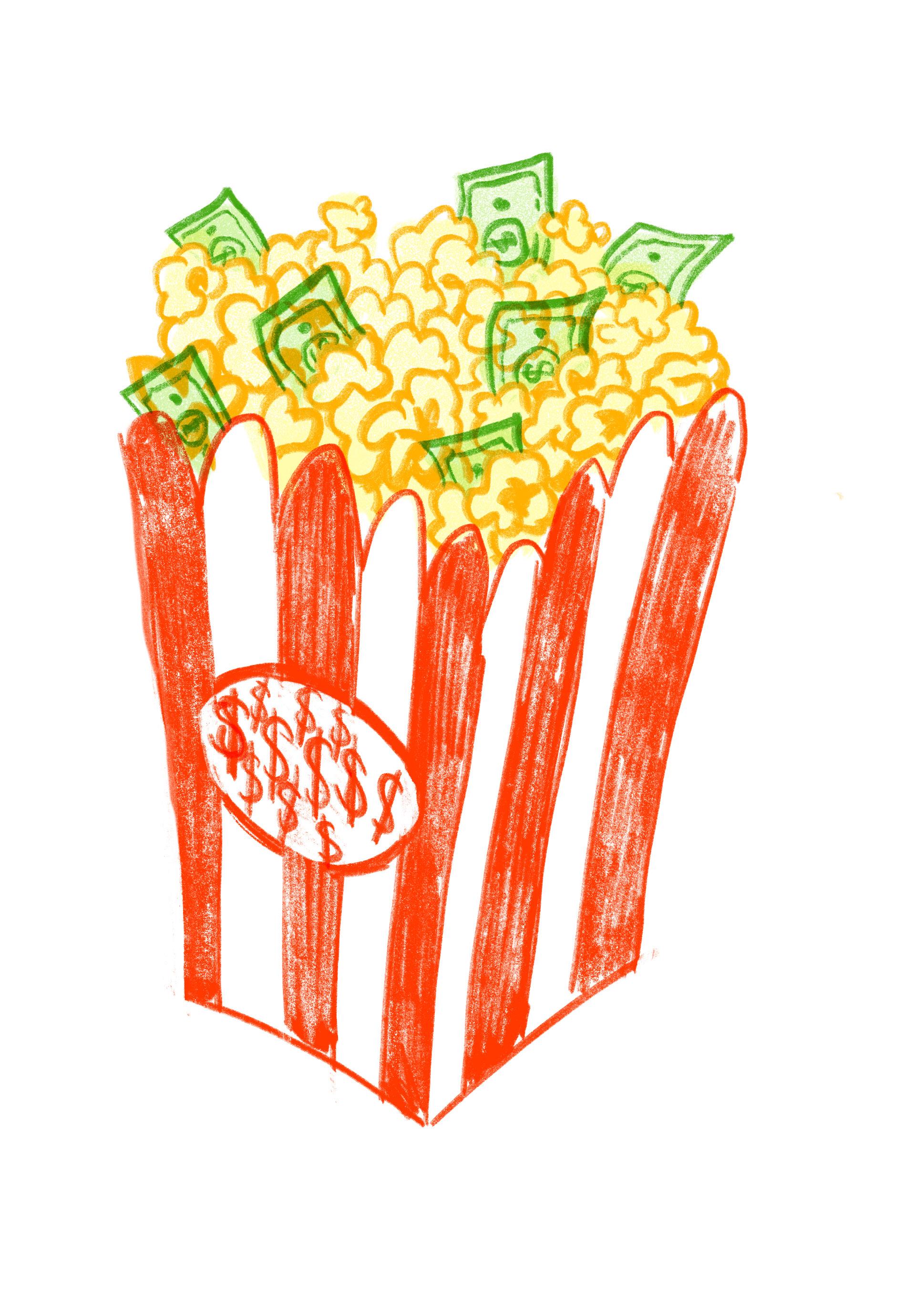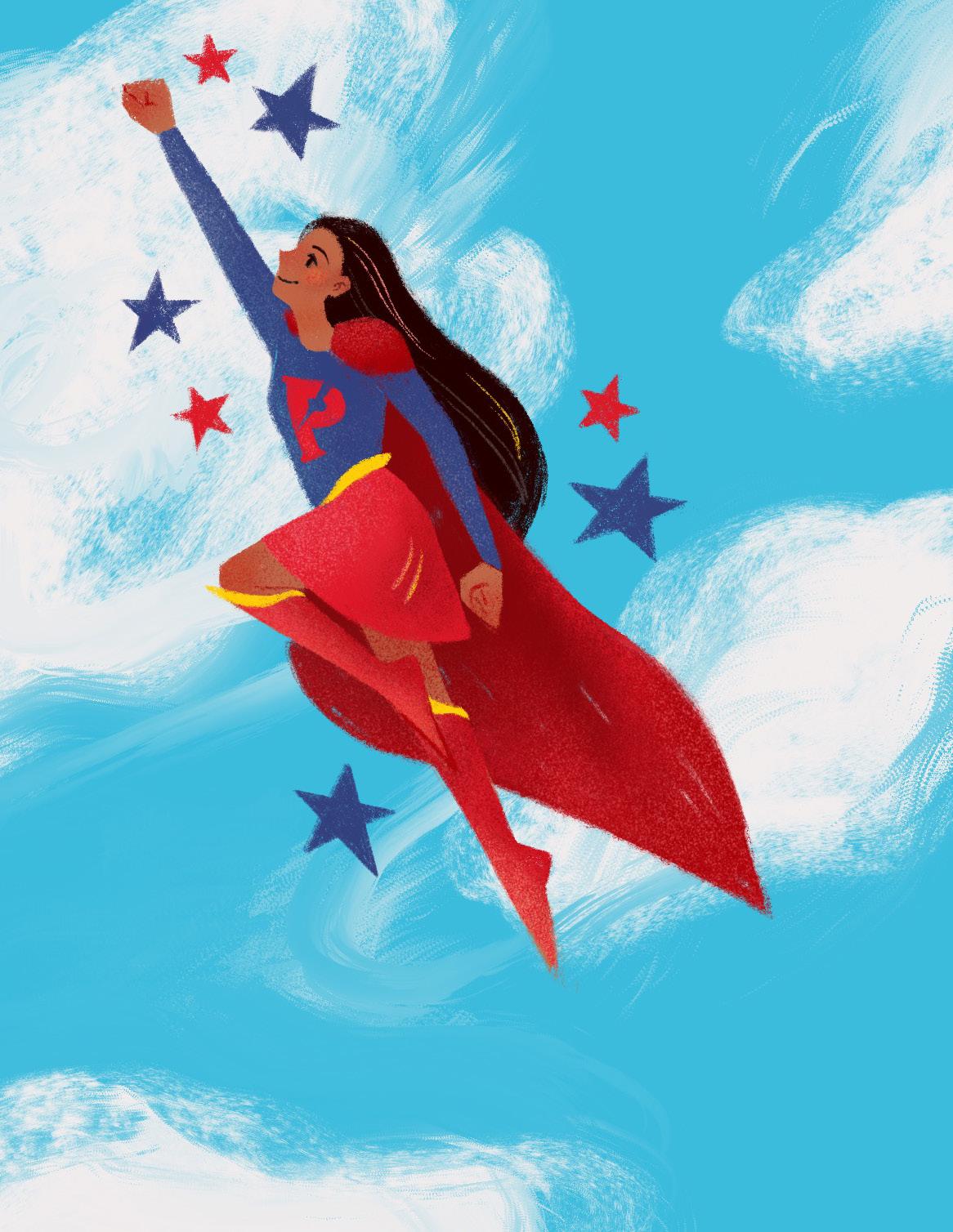
4 minute read
Out with the New, in With the Old
from The WALK Spring 2020
by The WALK
OUT WITH THE NEW, OLD IN WITH THE VINTAGE ENTHUSIAST SARAH LLEWELLYN SHARES HER THRIFTING JOURNEY, AND DROPS SOME HELPFUL TIPS AND TRICKS ALONG THE WAY.
My obsession with vintage clothing began in my junior year of high school. I was one of those teenagers who spent countless hours on Pinterest, and it was there that I discovered vintage fashion photography. I’d pore over these pictures as if I could absorb the models’ impeccable style through my eyes. Although my prom dress that year was vintage, it wasn’t until the past couple of years that I’ve started to incorporate old clothing into my everyday wardrobe—and now I can’t get enough.
Advertisement
One of the fuels to the fire— that is my vintage obsession— has been my overall dissatisfaction with current “new” clothing options. For the most part, I’ve noticed the same styles at every store, prices keep going up, and quality keeps going down. And I really don’t want to wear the same clothes as everyone else that shops at Urban Outfitters (yes, I am a hypocrite, and I do own things from Urban, but still!). Personal complaints aside, I’ve also become more aware of the environmental impact of buying new clothes. From the resources it takes to manufacture clothing, potential wastes created during the process, and emissions from transportation of these goods, a lot of harm can be done to the planet––it’s estimated that the fashion industry is responsible for about 5% of total global carbon dioxide emissions. Additionally, there’s very little transparency in the sources of clothing at big-name stores from an ethical perspective. I have no idea who is making these clothes and what conditions they are working in, and I can’t really ignore that anymore. With all of this in mind, shopping at fast fashion stores just doesn’t seem appealing to me. I’ve done my time at Forever 21 and have almost weaned myself off of Zara. Now what?
For me, the answer is to buy vintage and secondhand clothing, and to support sustainable companies when I have to buy new things. Luckily, we seem to be in the golden era of secondhand shopping. Thanks to the internet and social media, there are countless ways to buy vintage and resale clothing. To clarify, secondhand clothing is any item that someone else purchased when it was first sold as new. Within this category, resale clothing items are nearly-new and were often purchased in the last decade, while vintage clothing is anything older than that. My personal favorite platform to buy vintage is Etsy––I think of it as an elevated version of eBay, the O.G. resale website that has always seemed a bit sketchy to me even though my mom has been buying items there since the early 2000s. TheRealReal is another great website that specializes in the resale of designer clothing, shoes, and handbags. If an app is more your speed, Depop (modeled after Instagram) is hugely popular with over 15 million users. The draw to Depop is that you can search for specific pieces, or follow users that have curated the cutest clothing out there, often sourced from thrift stores. I’ve downloaded it, but have yet to purchase anything because it can be a challenge to hunt out a good price. Instead, I prefer shopping at thrift stores themselves, mostly for the deals but partly for the experience.
If you’ve never been thrifting before, you might want to reconsider. To get an idea of the joy thrifting can bring, watch a “thrift haul” video on Youtube. There isn’t anything quite like the rush of finding a great piece of clothing amid racks of questionable items (fair warning: a bit of digging and patience is necessary for a successful thrifting experience). For anyone with a strict clothing budget, thrifting is a godsend. At the suburban thrift stores I’ve been to, nothing is over $10. In contrast, vintage shopping can sometimes have a hefty price tag, but in my experience, it’s usually at or below the price of new clothes. So, thrift shopping is basically a no-brainer.
The idea of sorting through other people’s clothing to find buried treasure may seem overwhelming, so I’ll offer a few guidelines to start. First, it’s good to have an idea of what clothing pieces you’re looking for. Is your wardrobe seriously lacking in cute, casual tops, or structured trousers? Keep those keywords in mind as you’re searching. This will depend on your style as well. The next step would be to identify your budget, which will determine whether thrift shopping or online shopping would be your best option. If you’d rather spend around $15 or less on each piece, then I would opt for thrifting, but if you’re willing to spend more, go online! Admittedly, it’s harder to find specific items at thrift stores, but most of the time you’ll walk away with amazing things you didn’t even know you needed. Another thing to consider is just how old you want your clothes to be, and this is completely based on personal preference. To me, clothing from the ‘80s or older is vintage, while anything newer than that is what you are most likely to find at thrift stores or resale sites like TheRealReal––Depop has a mix of all eras. Finally, my last piece of advice would be simply to have fun shopping!
If you’re still on the fence about it, the global impact of switching to purchasing pre-owned clothing is undeniable. Considering the fragile state of our environment in the midst of global warming, shopping sustainably by buying secondhand clothing is one way that we can contribute to reducing the emission of greenhouse gases. And if you find a new hobby along the way, that’s even better.
BY SARAH LLEWELLYN C’20. ILLUSTRATIONS BY CATHERINE LIU C’23.








